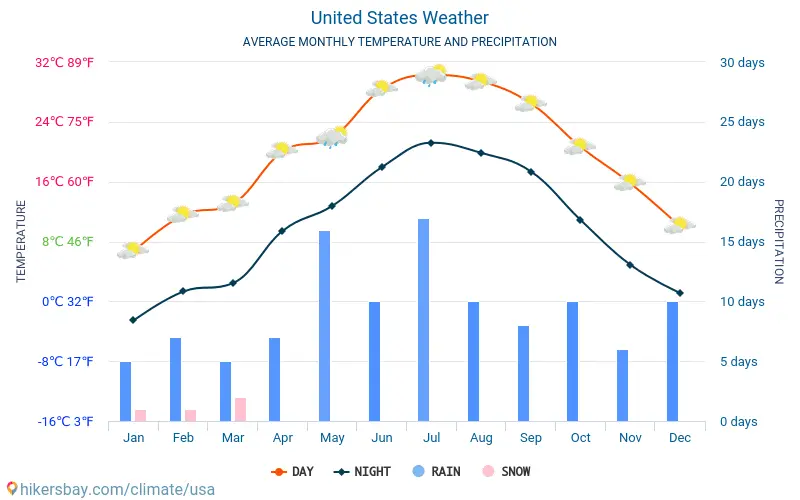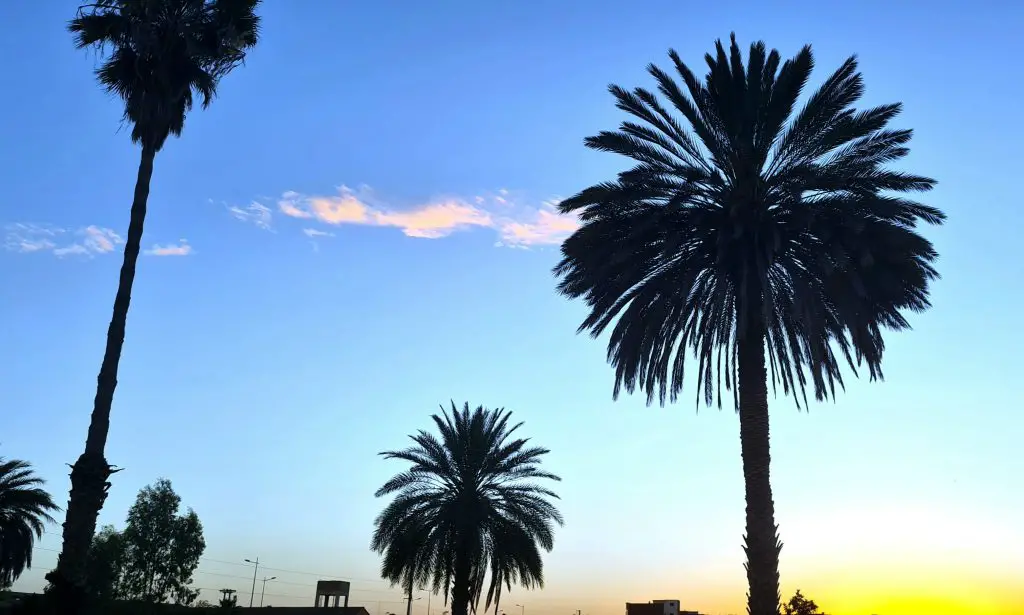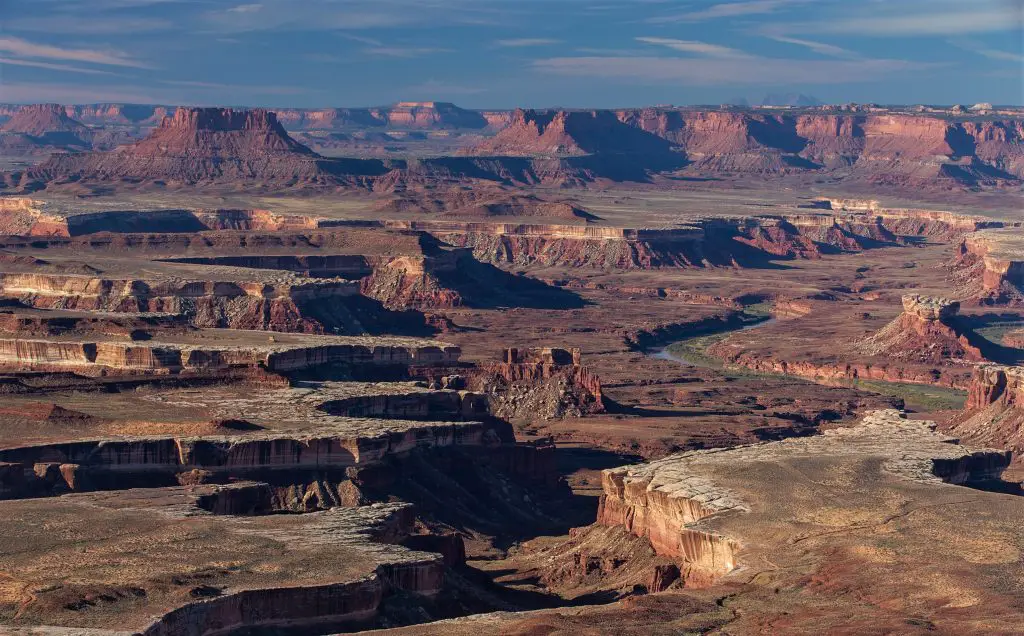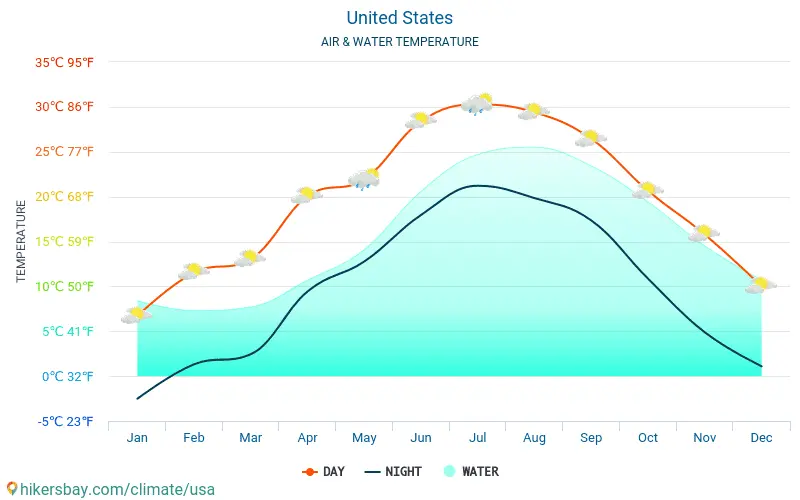Ah, the end of March in Arizona! It’s a time of transition, where winter gradually gives way to the vivaciousness of spring. If you’ve ever wondered what the Arizona weather is like at the end of March, you’re in the right place. This comprehensive guide will walk you through every nuance, from average temperatures and rainfall to the effects on local flora and fauna.

We will even throw in a bit about how the weather might affect your packing list for a late March trip to the Grand Canyon State. So, let’s delve into the intriguing climate of Arizona as it blooms into spring!
Arizona’s Climate: A Brief Overview
In Arizona, you’ll find an impressively diverse climate. This is largely due to the state’s varied geography and elevations, from the lofty heights of the San Francisco Peaks to the depth of the Grand Canyon. When people think of Arizona, they often imagine hot, arid deserts. However, that’s just one piece of the climate puzzle.
Indeed, Arizona has three primary climate zones. The lower desert zone, which includes cities like Phoenix and Tucson, is known for its hot summers and mild winters. Moving up in elevation, you’ll find the intermediate zone, home to cities like Prescott and Payson.
Here, the summers are warm, but not as extreme, and winters can be quite chilly. The high country zone, which includes Flagstaff and the White Mountains, experiences cool summers and snowy winters.
Arizona’s Climate: A Brief Overview
In Arizona, you’ll find an impressively diverse climate. This is largely due to the state’s varied geography and elevations, from the lofty heights of the San Francisco Peaks to the depth of the Grand Canyon. When people think of Arizona, they often imagine hot, arid deserts. However, that’s just one piece of the climate puzzle.
Indeed, Arizona has three primary climate zones. The lower desert zone, which includes cities like Phoenix and Tucson, is known for its hot summers and mild winters. Moving up in elevation, you’ll find the intermediate zone, home to cities like Prescott and Payson.
Here, the summers are warm, but not as extreme, and winters can be quite chilly. The high country zone, which includes Flagstaff and the White Mountains, experiences cool summers and snowy winters.
Why the End of March is Special in Arizona
The end of March in Arizona marks a time of climatic transition. As winter fades and gives way to spring, it is indeed a fascinating time to explore this southwestern state.
During this period, the beauty of the Arizona landscape comes to life in a truly unique way. You’ll see the desert starting to bloom, with wildflowers punctuating the landscape with bursts of color.
Particularly in the Sonoran Desert, March is when the iconic saguaro cacti and many other desert plants burst into bloom, creating a visually stunning landscape. It’s not just the flora that comes alive; the fauna does too, as many animals come out of their winter slumber.
Moreover, the end of March often brings with it a noticeable shift in temperatures. The chill of the winter months begins to lift, yet the scorching heat of summer is still a fair way off. It’s a happy medium that offers comfortable temperatures, perfect for a host of outdoor activities.
Temperature at the End of March
When it comes to Arizona’s end-of-March weather, the temperatures are typically mild and enjoyable. The average statewide temperature usually sits in the comfortable range of 60°F – 75°F. However, it’s important to note that the state’s diverse climate zones can significantly influence local temperatures.

For example, in Phoenix, located in the lower desert zone, the average high temperature at the end of March is usually around 80°F, while the average low hovers around 57°F. Tucson, another city in the lower desert zone, sees similar temperatures.
Meanwhile, Flagstaff, situated in the high country zone, experiences cooler temperatures with average highs in the low 50s and lows dipping into the 20s.
As far as record temperatures go, Phoenix has seen March temperatures as high as 100°F and as low as 35°F, while Flagstaff has seen a range from 71°F down to -7°F. This wide range, although unusual, is a testament to Arizona’s climatic diversity.
Rainfall in Arizona at the End of March
When it comes to precipitation, the end of March in Arizona tends to be relatively dry. Arizona, after all, is home to some of the driest places in the United States. The statewide average rainfall for March is about 0.92 inches, but this can vary across different regions.
For instance, in Phoenix, you might see an average of 0.91 inches of rain for the month. Tucson usually gets about 0.73 inches in March, while Flagstaff, located in a high precipitation zone, averages about 1.38 inches. It’s important to remember, though, that weather can be unpredictable, and these are only averages. You may experience rain, but the likelihood is relatively low.
Historically, there have been some significant rainfall events towards the end of March. For example, in 2020, Phoenix experienced one of its rainiest March days on record with over an inch of rain in a single day. While these events are not the norm, they certainly make for an interesting weather narrative.
Wind Conditions in Late March
Wind can be a significant factor in Arizona’s weather, especially in March. On average, March is the windiest month of the year for many parts of the state. The wind can affect everything from outdoor activities to travel plans, so it’s worth considering when planning a trip to Arizona at the end of March.
Statewide, the average wind speed in March tends to be around 8 mph. In cities like Phoenix and Tucson, you can expect similar average wind speeds, while in Flagstaff, the average is slightly higher at around 9 mph.
But why does Arizona experience stronger winds in March? It’s largely due to the transition from winter to spring. As the seasons change, pressure systems shift, leading to increased wind activity.
In some cases, these winds can lead to more significant weather phenomena. For example, the spring months often see the formation of “dust devils” – small, whirlwind-like phenomena that pick up dust and debris. While typically harmless, they can be quite a sight to behold!
Humidity Levels in Arizona’s End of March Weather
As a predominantly desert state, Arizona is well-known for its low humidity levels, and March is no exception. Humidity is the amount of water vapor in the air, and it plays a significant role in how comfortable we feel at a given temperature. Low humidity often makes the same temperature feel cooler than in more humid environments.

The average relative humidity for Phoenix in March is about 37%, with mornings generally being more humid than afternoons. Up north in Flagstaff, the average relative humidity is slightly higher at 53%, given the city’s elevation and cooler temperatures.
Low humidity levels also have other implications, such as increasing the evaporation rate of water bodies and moisture from the soil, affecting the flora and fauna of the region. It also plays a part in skin health, as low-humidity environments can lead to dry skin.
Sunlight and Daylight Hours
One of the hallmarks of Arizona’s weather is abundant sunshine. Known as the “Sunshine State,” Arizona lives up to its name with plenty of clear, sunny days, even at the end of March.
On average, Phoenix enjoys about 85% of possible sunshine in March, making it one of the sunniest places in the United States. The end of March offers approximately 12-13 hours of daylight per day, giving you ample time to enjoy outdoor activities.
However, more sun isn’t always entirely beneficial. It’s essential to consider the UV index, which measures the strength of sunburn-producing ultraviolet radiation at the earth’s surface. In Arizona, the UV index in late March can reach 6 or higher, considered “high.” Therefore, it’s crucial to take sun safety precautions, such as wearing sun-protective clothing, sunglasses, and broad-spectrum sunscreen.
Arizona’s Skies: Cloud Cover and Sunset Beauty
Arizona’s end-of-March weather brings not only pleasant temperatures and abundant sunshine but also some of the most beautiful skies you’ll ever witness. The state is renowned for its clear, blue skies, and this is particularly true at the end of March.
On average, March is one of the months with the least cloud cover in Arizona, resulting in an average of only 30% cloud cover throughout the state. That means that 70% of the time, you’ll have clear, unobstructed views of the sky, perfect for photographers, stargazers, and anyone who appreciates natural beauty.
Additionally, Arizona’s sunsets are truly a sight to behold, and the end of March is no exception. As the sun dips below the horizon, the sky is often painted with hues of red, orange, pink, and purple, creating a stunning spectacle that’s quintessentially Arizona.
Arizona’s Skies: Cloud Cover and Sunset Beauty
Arizona’s end-of-March weather brings not only pleasant temperatures and abundant sunshine but also some of the most beautiful skies you’ll ever witness. The state is renowned for its clear, blue skies, and this is particularly true at the end of March.
On average, March is one of the months with the least cloud cover in Arizona, resulting in an average of only 30% cloud cover throughout the state. That means that 70% of the time, you’ll have clear, unobstructed views of the sky, perfect for photographers, stargazers, and anyone who appreciates natural beauty.
Additionally, Arizona’s sunsets are truly a sight to behold, and the end of March is no exception. As the sun dips below the horizon, the sky is often painted with hues of red, orange, pink, and purple, creating a stunning spectacle that’s quintessentially Arizona.
Arizona’s Flora and Fauna: How They React to the March Weather
Arizona’s end-of-March weather brings with it a transformation in the state’s flora and fauna. As temperatures rise, the desert bursts into bloom, and wildlife becomes more active.
Many of Arizona’s desert plants, such as the iconic saguaro cactus, begin to bloom in late March. Wildflowers like the Mexican gold poppy, desert marigold, and lupine add vibrant splashes of color to the landscape. At higher elevations, you’ll find forests of ponderosa pine, Douglas fir, and spruce, which also begin to show signs of spring.
Arizona’s fauna is equally vibrant. March is a great time to spot a variety of wildlife as animals become more active with the warming temperatures. You might see roadrunners, quails, or even javelinas. Bird watchers will be delighted by the variety of migratory birds passing through Arizona in late March.
Outdoor Activities: Making the Most of Arizona’s End of March Weather
Given the mild temperatures, low rainfall, and extended daylight hours, the end of March is a fantastic time for outdoor activities in Arizona.
Hiking and camping are particularly popular during this time. Whether it’s exploring the stunning landscapes of the Grand Canyon, hiking up the red rocks of Sedona, or camping under the stars in one of the state’s many parks, you’ll find plenty of options.
The mild weather makes these activities more enjoyable, while the blooming flora and active wildlife add an extra layer of beauty to the experience.

Furthermore, golfers will find the end of March to be an excellent time to hit the links. Arizona is home to some of the country’s best golf courses, many of which offer beautiful views of the state’s varied landscapes. With temperatures comfortably warm but not yet sweltering, it’s the perfect time for a round of golf.
Finally, don’t forget about Arizona’s many cultural and historical attractions. From the ancient cliff dwellings at Montezuma Castle National Monument to the vibrant art scene in downtown Scottsdale, there’s much to see and do in Arizona at the end of March.
Allergies and Health Considerations in Late March
As beautiful as the blooming desert is in late March, it’s essential to consider the implications for allergies. With plants blooming, pollen counts can rise, causing issues for those with hay fever or other allergies. If you’re prone to allergies, it might be a good idea to check the pollen forecast before heading out and to take necessary precautions.
On the positive side, Arizona’s dry climate can be beneficial for those with respiratory conditions, such as asthma. The lower humidity and relatively pollutant-free air can make breathing easier for people with such conditions.
Another health consideration is the high UV index. It’s crucial to protect your skin from the intense sun, so make sure to pack and use sunscreen, wear protective clothing, and stay hydrated.
Frequently Asked Questions About Arizona Weather End Of March
In this section, we will be delving into some of the most common inquiries and curiosities that surround our topic.
What should I pack for a trip to Arizona at the end of March?
Given the mild temperatures during the day and cooler evenings, it’s a good idea to pack layers. Don’t forget your sunscreen, sunglasses, and a hat for sun protection. If you plan on hiking, bring appropriate footwear. Finally, remember to pack any allergy medications if needed.
Is it a good time to visit the Grand Canyon at the end of March?
Absolutely! With comfortable daytime temperatures, less crowded than peak summer months, and a stunning natural landscape, it’s a great time to visit the Grand Canyon. Be prepared for cooler temperatures at night.
Can I swim in Arizona at the end of March?
It depends on where you’re planning to swim. Many hotel pools are heated, so they are enjoyable year-round. However, natural bodies of water might still be too cold for comfortable swimming.
Is there a risk of desert storms or tornadoes in Arizona at the end of March?
While Arizona can experience occasional dust storms (or “haboobs”), they are more common in the summer months. Tornadoes are extremely rare in Arizona.
Are there any special events or festivals in Arizona at the end of March?
Yes, there are various events and festivals taking place throughout Arizona in late March. These can range from art festivals, and sports events, to spring training for Major League Baseball. Check local listings for the most current information.
Conclusion: Embracing Arizona’s Weather at the End of March
In summary, the end of March presents an incredible opportunity to experience the natural beauty and outdoor activities that Arizona has to offer. With its comfortable temperatures, low rainfall, and beautiful natural landscapes, it’s a time of year that showcases the best of what Arizona has to offer.
Whether you’re exploring the Grand Canyon, hitting the golf course, or just sitting back and admiring the state’s stunning sunsets, Arizona’s end-of-March weather is sure to provide a memorable experience.
Remember to keep in mind the practical considerations, such as protecting yourself from the sun, staying hydrated, and managing allergies. With a little preparation, you’ll be well-equipped to enjoy all the adventures Arizona has in store at the end of March.
That concludes our in-depth exploration of Arizona’s weather at the end of March. Whether you’re a local or a visitor, we hope you find this information useful in planning your activities during this time of year.



Leave a Comment
You must be logged in to post a comment.